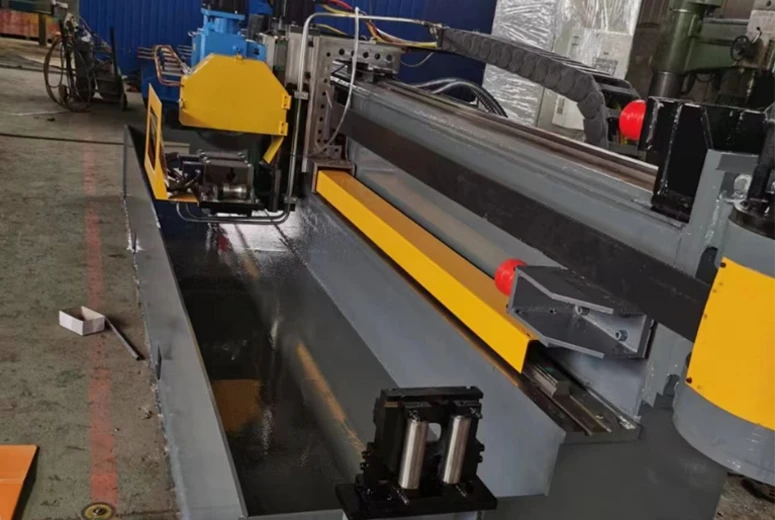moulding operation
Moulding Operations An Overview of Techniques and Applications
Moulding operations play a crucial role in various manufacturing processes, enabling industries to produce parts and products with precise dimensions and intricate designs. This article explores the different types of moulding operations, their techniques, and applications across diverse sectors.
Moulding is the process of shaping pliable raw materials into specific forms using a rigid frame or model known as a mould. This method is widely employed in industries such as plastics, metal casting, ceramics, and food production. The versatility of moulding techniques allows manufacturers to create everything from small components to complex assemblies with high efficiency.
One of the most common moulding operations is injection moulding, predominantly used in the plastic industry. In this process, plastic pellets are heated until they melt and are then injected into a metal mould under high pressure. Once cooled, the mould is opened, and the hardened part is ejected. This technique is favored for producing high volumes of identical items, such as containers, automotive components, and household products. Its ability to produce intricate designs with minimal waste makes it a cornerstone of modern manufacturing.
Another widely used technique is blow moulding, primarily for creating hollow plastic items. In this process, a hot tube of plastic, known as a parison, is inflated within a mould to form products like bottles and fuel tanks. The efficiency of blow moulding lies in its speed and capability to produce lightweight yet durable items, making it an ideal choice for the beverage and packaging industries.
Compression moulding is another significant method, especially in rubber and thermosetting plastics. During this operation, pre-measured amounts of raw material are placed into a heated mould. The mould is then closed, and heat and pressure are applied to shape the material and facilitate curing. This technique is widely used in producing automotive parts, electrical housings, and various rubber products, benefiting from its ability to create larger, more complex shapes efficiently.
moulding operation

Transfer moulding is a variation of compression moulding, where the raw material is pre-heated and transferred into a closed mould cavity under pressure. This operation reduces waste and allows for precise control of the material flow. Transfer moulding is particularly useful for producing intricate parts with complex geometries and is frequently employed in the electrical and medical sectors.
In the metalworking industry, sand moulding is a traditional method used for casting metal objects. In this process, a mixture of sand and binding agents is packed around a prototype to create a mould. Molten metal is then poured into the mould cavity to form the desired shape. Sand moulding is versatile and economical, allowing for a wide range of metal types and casting sizes.
Moulding operations are not only limited to industrial applications; they also extend into food production. For example, moulding in chocolate production involves pouring melted chocolate into moulds to create various shapes and forms. This technique not only enhances the visual appeal of the product but also ensures uniformity in size and texture.
The advancements in moulding technologies, such as automation and computer-aided design (CAD), have transformed the industry, allowing for faster production rates, better quality control, and reduced lead times. As industries continue to innovate, the importance of moulding operations will only grow, cementing their place as a fundamental aspect of modern manufacturing.
In conclusion, moulding operations serve as a backbone for diverse industries, providing efficient solutions to shape materials into functional products. Understanding the various techniques and their applications paves the way for continued innovation and enhanced manufacturing processes. With ongoing advancements, the future of moulding operations looks promising, promising even greater efficiency and creativity in manufacturing.
-
High Frequency Straight Seam Welded Pipe Production Line-BzZhou Xinghua Machinery Equipment Manufacturing Co., LTD.|Precision Welding, High EfficiencyNewsJul.30,2025
-
High Frequency Straight Seam Welded Pipe Production Line|BzZhou Xinghua|Precision Welding&EfficiencyNewsJul.30,2025
-
High Frequency Straight Seam Welded Pipe Production Line - BzZhou Xinghua|Precision Engineering&EfficiencyNewsJul.30,2025
-
High-Frequency Straight Seam Welded Pipe Production Line-BzZhou Xinghua Machinery Equipment Manufacturing Co., LTD.NewsJul.30,2025
-
High-Frequency Straight Seam Welded Pipe Production Line-BzZhou Xinghua Machinery Equipment Manufacturing Co., LTD.|Precision Manufacturing, High EfficiencyNewsJul.30,2025
-
High Frequency Straight Seam Welded Pipe Production Line-BzZhou Xinghua Machinery Equipment Manufacturing Co., LTD.|Precision Steel Pipe Manufacturing&Industrial EfficiencyNewsJul.29,2025


